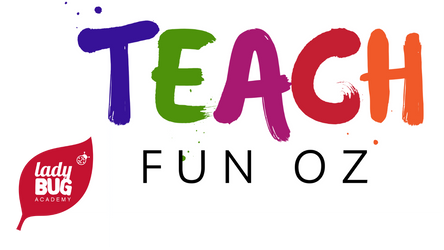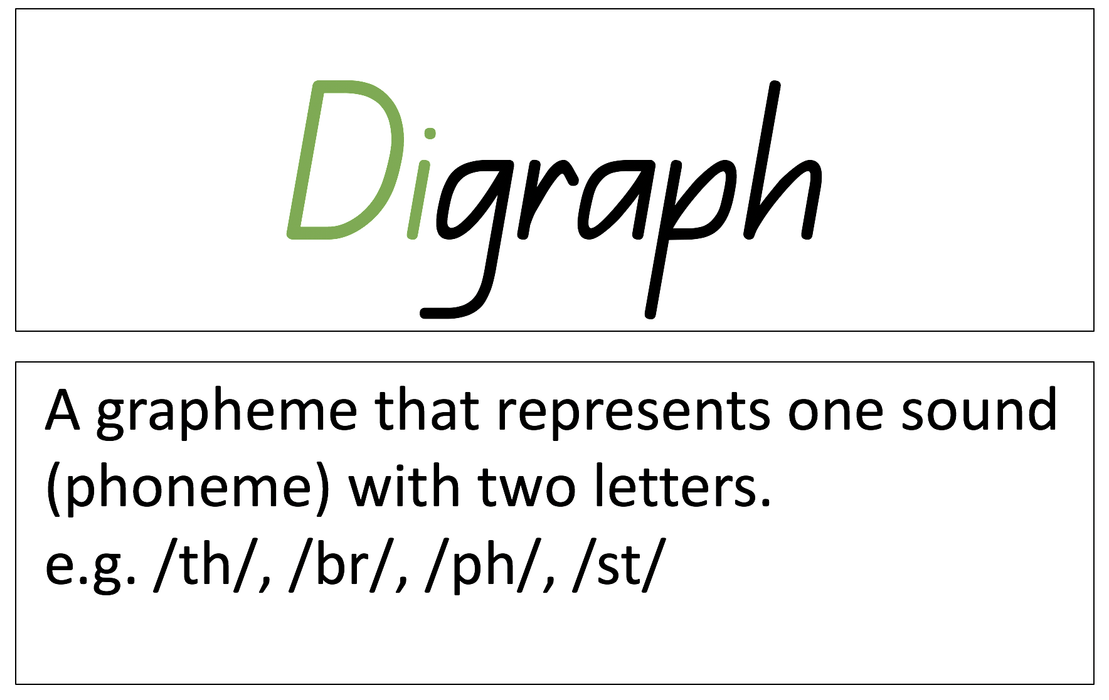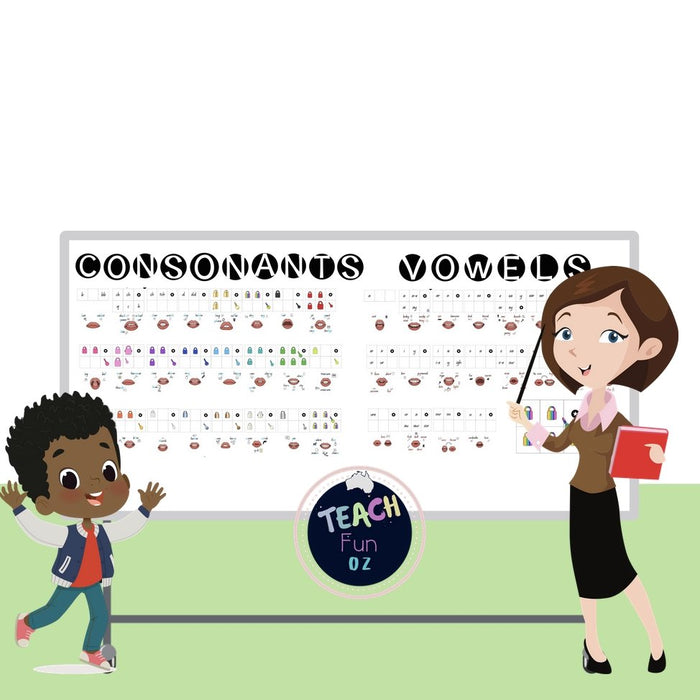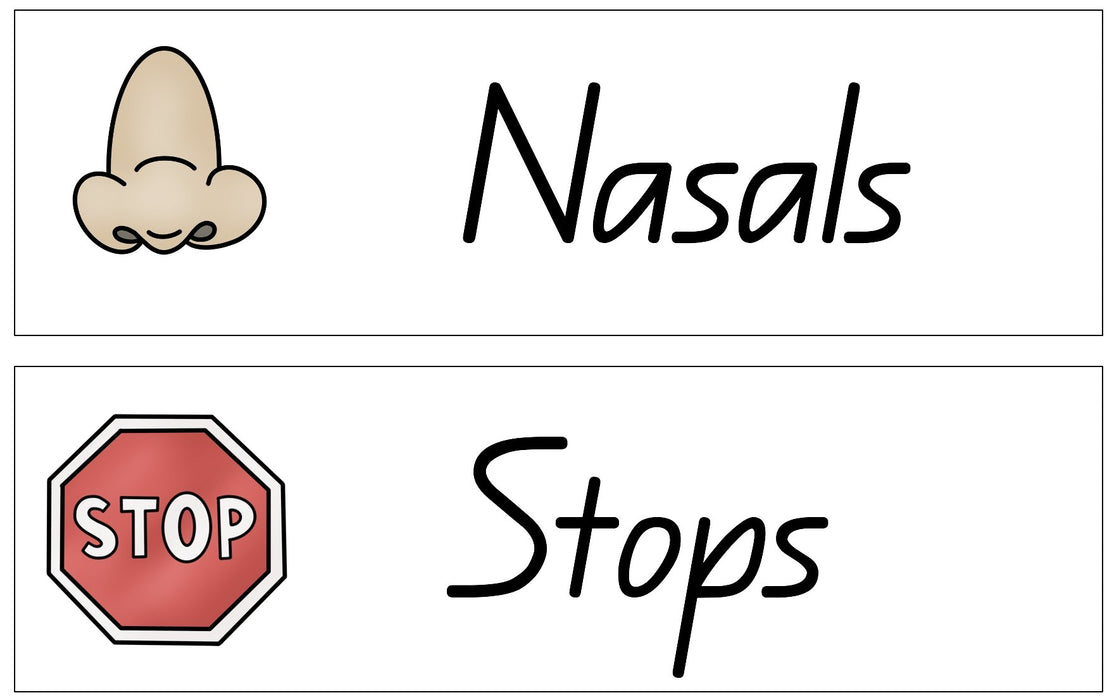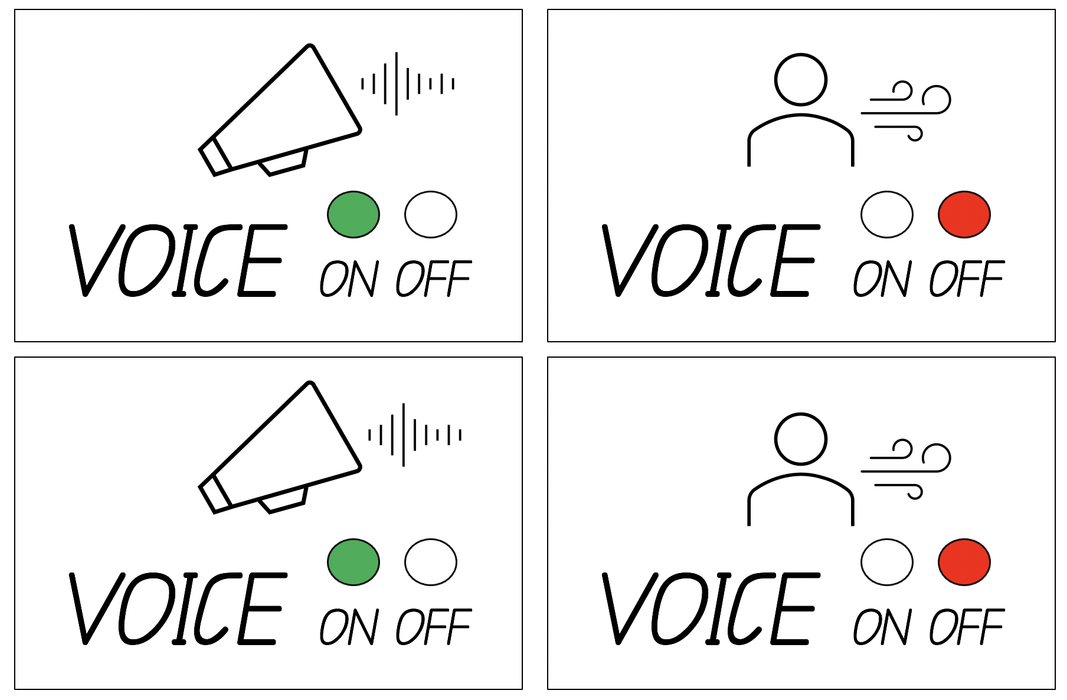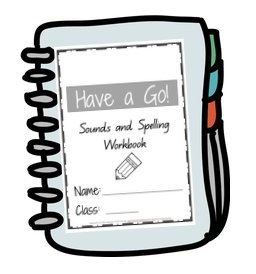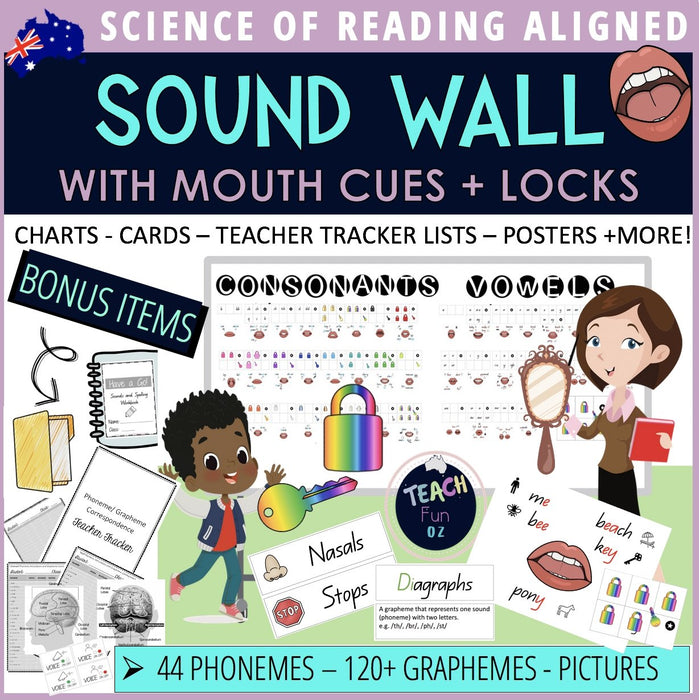
Sound Wall with Mouth Pictures Classroom - Science of Reading- Phonemes Spelling
Sound Wall Bundle of Resources aligned with Science of Reading - Research based explicit teaching of the 44 Speech Sounds of the English language is just what you need in your classroom to set up for phonemic awareness, recognising graphemes, learning about digraphs, trigraphs, quadgraphs, speech articulation with mouth pictures, nasals, stops, fricatives, affricates, glides, liquids, voiced, unvoiced, sound segmenting and more.
This comprehensive 219 page bundle will have you set up your new Sound Wall with ease!
Sound Walls can be effective for many uses, various levels and ages. They can be used for whole class explicit literacy teaching and modelling, small group instruction, as an independent reference for students when writing and spelling, for speech language pathology, special education and tutoring. The clear mouth, lips, tongue and teeth positioning pictures are very helpful alongside their corresponding phonemes. Instructions can include what each kind of sound is and whether they are voiced or unvoiced. Sound Walls support the science of reading with a whole part whole approach and phoneme to grapheme correspondence. According to the Science of Reading, students need to master phonemic awareness skills before they match the sound to print, and phonics instruction is needed before students begin decoding text.
Included in this ULTIMATE BUNDLE:
GREAT VALUE 219 SLIDES/PAGES
Ready to print, laminate and set up
- ZIP file containing Powerpoint files and PDF versions
- Classroom Sound Wall - Use as slides projected onto screen, print and laminate to make Sound Wall, use to make booklets, activities and more.
- Individual Mini Student Sound Wall Printables (we recommend printing and gluing inside a manila folder for each student to use as desk reference
- Coloured locks perfectly fitted to each sound box are included for coverage if you choose to have entire Sound Wall complete on wall at start of year, then reveal sound boxes as you introduce them according to your whole school program, simply by moving the lock cards off the wall.
- Ready to print charts that can be printed as is on A4 sheets each, minimised or enlarged to suit your space.
- Reference charts
- Queensland Beginners Font is used
- Phonemes
- Graphemes
- Digraphs
- Trigraphs
- Quadgraphs
- Schwa
- Sound charts
- Nasals
- Stops
- Glides
- Fricatives
- Affricates
- Liquids
- Voiced / Unvoiced
- 'Sound Check' Sign
- Mirror - hold up sign template
- Sound Wall Bulletin Board Headers
- 'The Reading Brain' - brain diagrams and information
- 44 Sounds - Phonemes - Consonant and Vowel Sound Charts - all cards to make these up (over 120 Grapheme cards). Use on large classroom sound wall, for small group work, for individual books. Reduce or enlarge size. Can be cut and used as small flash cards for instruction and games to consolidate sounds.
- Colour coded - Red vowel sounds, Blue consonant sounds
- Individual student smaller versions to create a 'Sound Folder' for each student to have at their desk or to collect when they need it during language lessons. Could also be used at home.
- Sounds First - Read - Write
- Spelling Choices
- Word segmenting into sounds
- 4 pages of Teacher Tracker Checklists to keep track of each student's abilities in 1. making a sound 2. recognising a sound 3. writing using correct sound to grapheme correspondence
- 30 page 'Have a go' Student Workbook printables for sound work and spelling - use again and again for each term and year with any age group
- ZIP File (large compressed file which needs software on your computer capable of unzipping to access files within)
- Powerpoint slideshow and PDF versions included (if printing - be sure to select 'fit to A4 page')
IMPORTANT NOTE: This set is created from my own experiences and knowledge from research study, professional development training and experience in the classroom. It is created from an Australian English language perspective. It is acknowledged that in other countries and for other languages, dialects may have slight variations in where graphemes may be placed due to difference in pronunciation, different spelling and sounds. If this is the case for you, please feel free to use the last few slides of the Sound Wall documents to add your own variations to the blank boxes and position accordingly on your own wall.
Get in touch: teachfunoz@outlook.com
Follow at:
Instagram - /teachfunoz
Facebook - /teachfunoz
